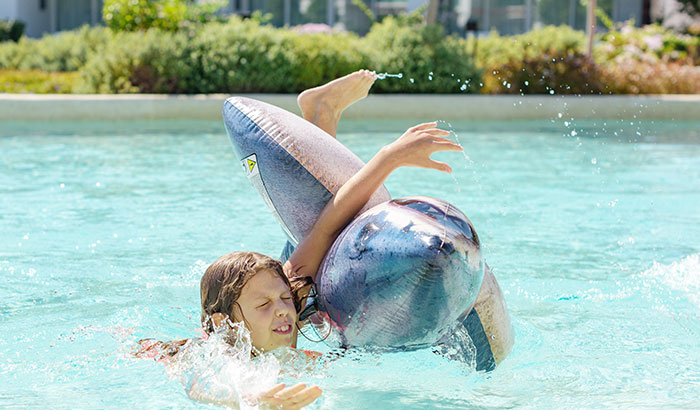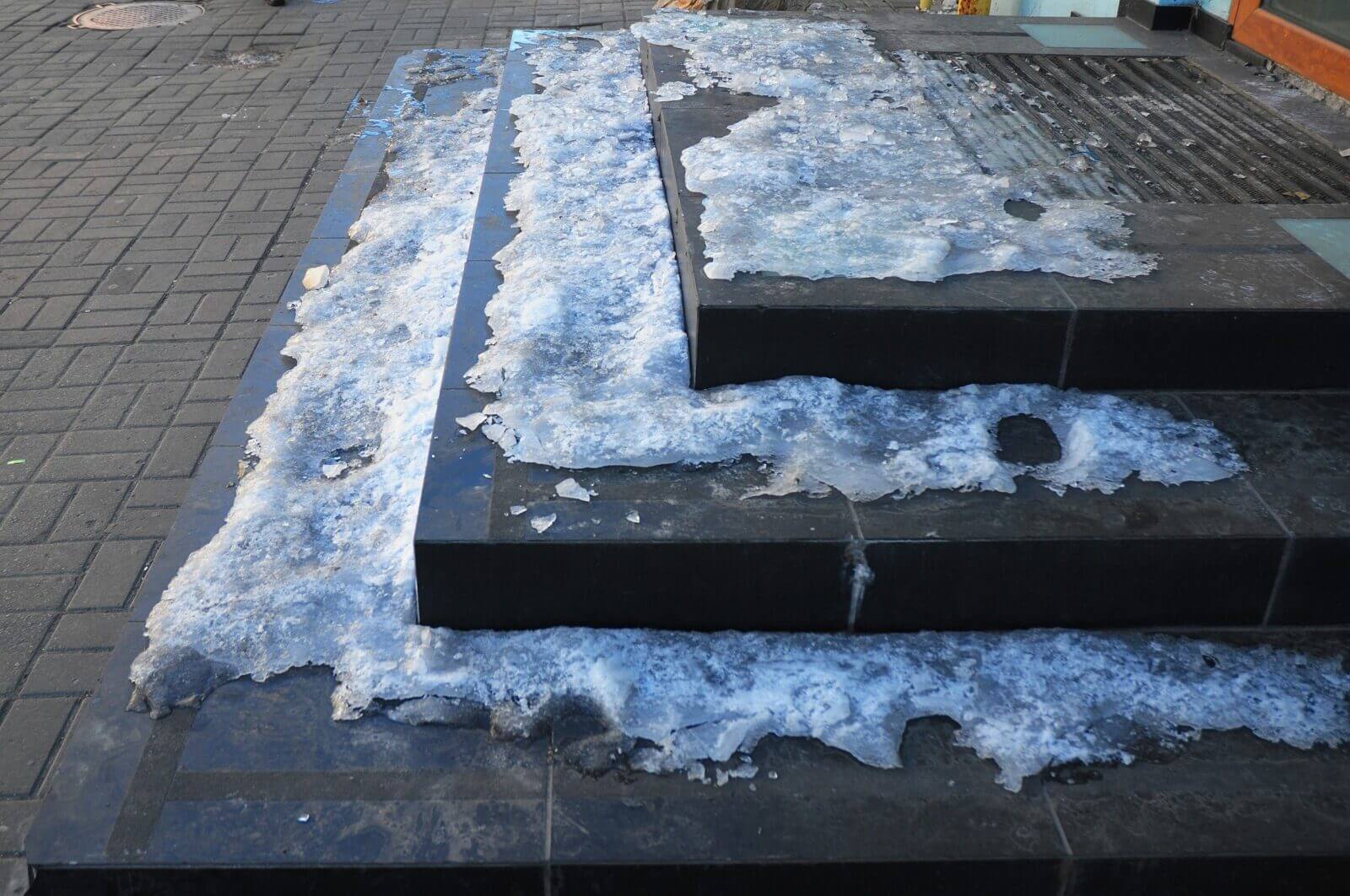Young children aren’t always aware of dangers around them, so knowing how to keep a child from falling in a pool is essential to keeping them safe.
Most kids love playing in pools, even before they know how to swim. According to Safe Kids Worldwide, nearly 800 kids drown yearly; most are under five years old.
The best way to keep a child safe from falling in a pool is to enforce safety around the water until they’re old enough to keep the habits with less intervention — this means modeling safe behaviors and avoiding unsafe conditions wherever possible.
This may be easier said than done. It demands a great deal of vigilance. But here are some tips that will help you keep water play fun and avoid the worst outcome with your children.
Teaching Pool Safety to Children at a Young Age
It’s not just a lack of knowledge that puts children at risk near pools; it’s that their brains haven’t developed enough to make well-balanced decisions. That means explaining pool safety rules isn’t a substitute for careful supervision. But that doesn’t mean your lessons are wasted. The sooner you start, the sooner they will begin to kick in.
- Let them explore in a controlled way. Keep them in the shallow end at first. Make sure they know where they can play without going too deep.
As they become more adventurous, they’ll probably want to see how far they can go toward deeper water. It’s fine to let them explore with you close. Keep them out of trouble, but let them realize what deep water is. This familiarity may do more to keep them out of dangerous territory than anything you can say.
- Repeat pool safety rules often. Whenever you go to the pool, remind them not to run, not to jump into the deep end, and to only swim with a buddy. The more you say it, the better they’ll remember it. Before long, they’ll be quoting these rules to you.
- Teach by example. Kids are more attuned to what they see their parents and others do than what you tell them. If you establish that walking, not running, near the pool is the way it’s done, it will be easier for them to develop that habit.
This doesn’t mean you can’t dive and swim yourself. Make sure your child knows this is something they can only do when they’ve learned to swim. This may motivate them to learn. But still, keep a close eye on them.
Teaching Children to Swim
At some point, the fixation on how to keep a child from falling in a pool should grow into teaching them how to swim. Many parents know the relief when their kid finally learns how to swim or can at least keep their heads above water.
Some kids struggle to swim, especially if they develop a fear of water at a young age. It may just be a matter of finding the right swim instructor to help them build confidence in the water.
Other kids can learn these skills at surprisingly young ages. Even babies under a year old (who are naturally buoyant) can learn to float with their heads above water. This survival skill, the theory says, draws on their comfort with swimming in amniotic fluid and their instinct to control their breathing underwater.
If you decide to train your babies this way, make sure you have a qualified swim instructor to work with them on these skills. Knowing how to survive if they end up in deep water can save their lives.
Using Floatation Devices
A life jacket is no substitute for teaching pool safety to children, but it may be life-saving if the child does fall in the water.
If you are in a position to give your children your full attention the entire time you’re in the pool area, this isn’t necessary. Still, if your attention is divided — i.e., your cellphone is on and within hearing distance — make sure you use this precaution.
But before you turn your toddler loose, make sure you know the device will work. If the life jacket is faulty or not tightened properly, it may slide up on the child and fail to keep their head above water. Arm floaties often don’t do much better and are liable to slip down where they won’t help. So take your time to adjust and test them before you turn away.
Avoiding Dangerous Situations
Despite every precaution you might take, some situations are inherently dangerous. People will leave pools uncovered where young children can see them. A public pool may fail to enforce safety rules or warn visitors of slippery ground.
Of course, avoiding these situations and registering complaints when you witness them is optimal. Sadly, we often don’t become aware of the danger until accidents have already happened.
Some might think the answer is to keep children away from pools until they’re older. The logic is that by avoiding pools, you will eliminate the chances of accidents happening. This may be a partial solution, but it may have unintended consequences.
Children seem to come preprogrammed with a love of water. This isn’t a problem if they are carefully monitored around water in a safe and controlled situation. The problem comes when the pool isn’t safe or supervised adequately.
The bottom line is that it’s better to be present when your children have their first experiences in pools so you can help when needed and use them as teaching moments.
Flickinger • Boulton • Robson • Weeks Can Help if Your Child Was Injured
Despite doing everything we can to keep our children safe, we can’t foresee every scenario and know every danger. We can’t always know how to keep a child from falling in a pool.
If your child was injured or killed in a pool accident because of someone else’s negligence, we can help you get compensation for medical bills, funeral expenses, and pain and suffering. Most importantly, we might be able to create change to prevent the next tragedy in a pool.
Reach out for help today. We’ve represented clients all over Utah and have the experience to help you get the best legal outcome possible.



